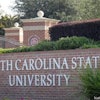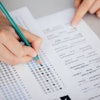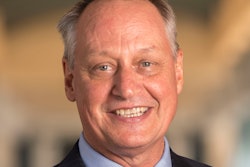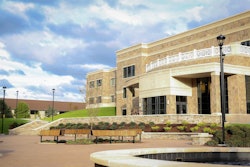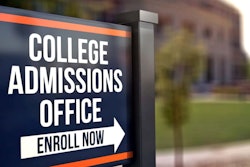In 1978, when Uri Treisman first created the Mathematics Workshop
at the University of California-Berkeley, he was trying to solve a
local problem: although there were very few African American and
Hispanic students in the freshman calculus class, those who were
enrolled were barely scraping through — when they managed to get
through at all.
Calculus is critically important because it is the “gateway” to all
the technical majors, including engineering. And the need for a
technically sophisticated workforce is even greater today than it was
twenty years ago when Treisman. now a professor of mathematics and
director of the Charles A. Dana Center at the University of
Texas-Austin. originally conducted his research.
Before constructing a program, Treisman spent a year and a half
studying in depth the lives of freshman calculus students to be sure
that he understood the nature of the problem. What he found about the
sources of these students’ academic failure ran counter to the
conventional wisdom of the time.
His research revealed that tile source of difficulty was not — as
was commonly assumed — lack of student motivation, poor high school
preparation, or socioeconomic background. Rather. the difficulty was
the students’ social and academic isolation on campus.
But Treisman did not stop at understanding the nature of failure.
He went on to examine what it would take for students to succeed. He
then built a program that would counter their isolation and support
their academic success.
A critical aspect of this program — now widely disseminated and
known variously as the mathematics workshop program, the Emerging
Scholars Program (ESP). MathExcel, and other locally determined names
— is its base within an academic department. While an institution’s
student-retention initiative may help students stay in college,
Treisman was convinced that such broad programs would not produce
mathematicians Rather, he knew that to develop students with a real
affection for the content area requires the involvement of the faculty.
Thus, two strengths of ESP are its academic focus and its strong
faculty engagement.
Over the years, students at such programs around the country have
indeed succeeded. ESP defines student academic success as a grade of A
or B, which will enable students to succeed in subsequent mathematics
courses. A 1990 study spanning ten years of the UC-Berkeley program
showed that more than two-thirds of its workshop students earned grades
of B or better. A 1998 study examining the first ten years of student
participation in ESP at UT-Austin reveals that more than three-quarters
of ESP students earn A’s or B’s. These results have been replicated by
students in similar programs at universities across the country.
